Large-size TFT LCD panel market is optimistic, environmental protection and energy saving become a trend
When publishing:2020-05-29 15:03:45
According to a research report recently released by market research company DisplaySearch, global shipments of large-size TFT LCD panels reached 38.69 million pieces in August this year, an increase of 10.9% from the previous month, and LCD TV panel shipments grew the fastest by 22%. Notebook PC panel growth rate is slightly inferior to 11%, Samsung has become the champion of large-size shipments with 8.58 million pieces of shipments, and Chimei is the champion of LCD TV panel shipments.
DisplaySearch pointed out that in August 2008, global shipments of TFT LCD panels with a size of more than 10 inches reached 38.69 million, an increase of 2.42 million from the previous month, and an increase of 6.7% compared with the same period last year. Among them, LCD TV panel shipments increased The most is 9.76 million. In August, shipments ranked Samsung first; LG Display ranked second with 8.07 million pieces; AUO ranked third with 7.25 million pieces.
In terms of market ranking by application category, Samsung ranked first in LCD monitor and notebook PC panel shipments, LG Display ranked second; in terms of LCD TV, Chimei ranked first, Samsung ranked second; and AUO ranked third Application shipments are ranked third. From the perspective of shipment area, the global large-size TFT LCD shipment area in August reached 5.9 million square meters, an increase of 870,000 square meters compared with the previous month, an increase of 18.7% year-on-year. The top five manufacturers accounted for 87% of the market in terms of shipment area, an increase of 1.1% from the previous month and an increase of 4.3% year-on-year. Obviously, the entire TFT LCD industry is already big and strong, and the strong are stronger.
From the application side, the top three suppliers of Notebook PC panels are Samsung, LG Display, and AUO; the top three suppliers of LCD Monitor are Samsung, LG Display, and Chimei. The top three suppliers of LCD TV panels are Chimei, Samsung and AUO. DisplaySearch believes that since the price of large-size LCD panels has fallen to the edge of cost prices, and downstream brand manufacturers have begun to pull up goods to replenish inventory, global shipments of large-size panels in September are expected to increase by more than 5% over August.
DisplaySearch predicts that in the future, large-size TFT-LCD panels with cost-effective design, power saving and environmental protection functions will be the main development trend in this field. The display of some LED products in notebook computer applications will achieve LED standardization on 16:10 notebook panels this year, but panel manufacturers still use LEDs in more than 90% of 16: 9 notebook panels. In the future, notebook computer manufacturers are launching new 16: 9 laptop computers will quickly turn to LED.
Now, many panel manufacturers have decided that after 2010, all notebook panels produced will use LED backlight. In addition, notebook panel manufacturers did not increase the brightness of their mainstream models, but focused on reducing weight and power consumption to meet future product plans. Obviously, environmental responsibility and reducing power consumption have become the main design concepts of LCD display panels. By reducing the bulb from four to two, the overall panel power consumption can be reduced by 30-40%. But there is a trade-off between reducing power consumption and maintaining high brightness.
In terms of LCD TV panels, most suppliers subdivide the models into different specification categories to cope with price trends. The brightness of entry-level models is usually 400-450nit, and the contrast ratio is 2000: 1. For mainstream high-definition models, the brightness is usually 450-500nit, and the contrast is 2500: 1 to 3000: 1. For high-end models over 37 inches, the brightness is 500nit and the contrast ratio is 5000: 1.
Since the second half of 2008, panel manufacturers have only adopted 10-bit color and 120Hz frequency in Full HD products, and LED backlights are only used in 42-inch and larger panels. LCD panel manufacturers also use front embedded frame (FMB) to reduce the mechanical cost of LCD TVs and provide thin designs. Environmental protection products and the pursuit of energy saving appear in the field of LCD TV panels, including plans to reduce the power consumption of 26-42-inch products by 30-40%.




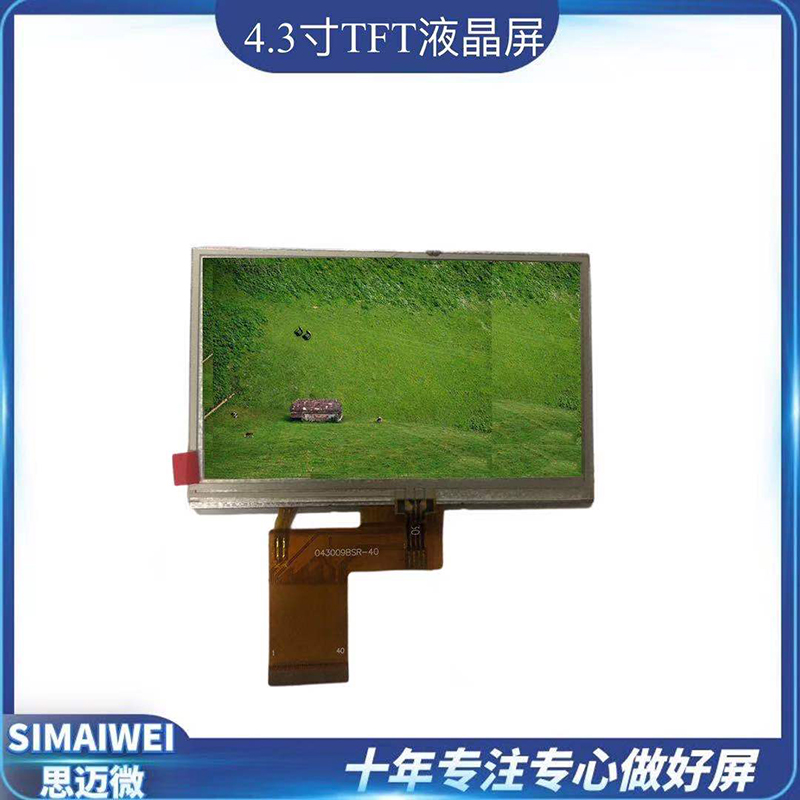
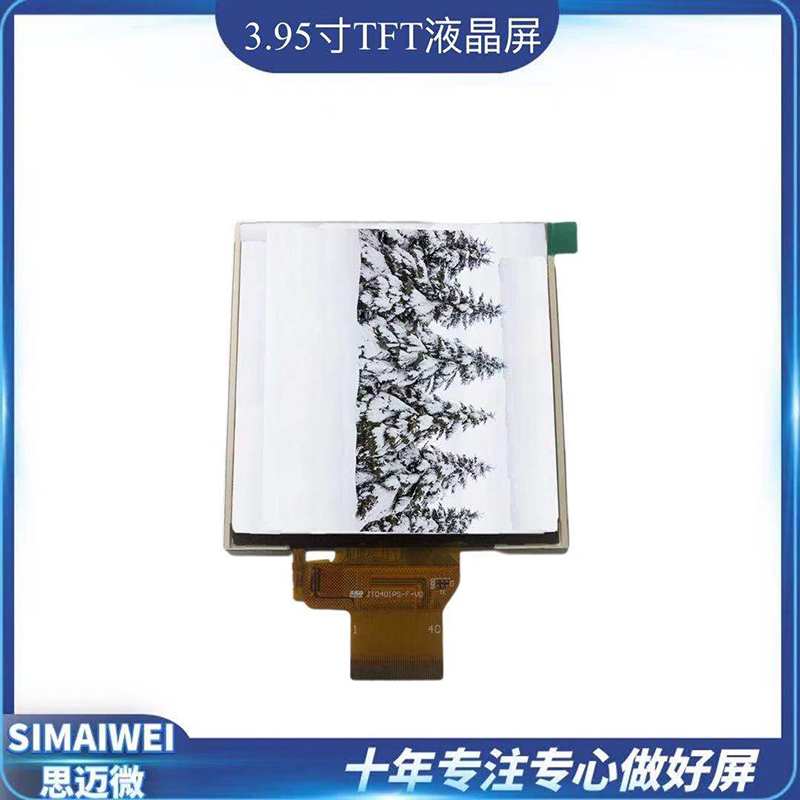
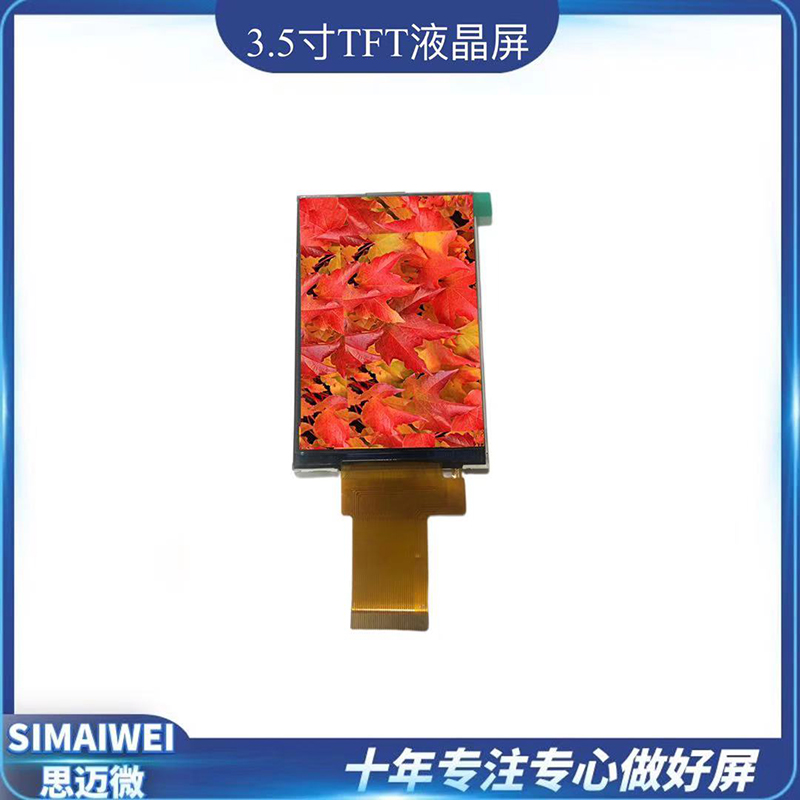
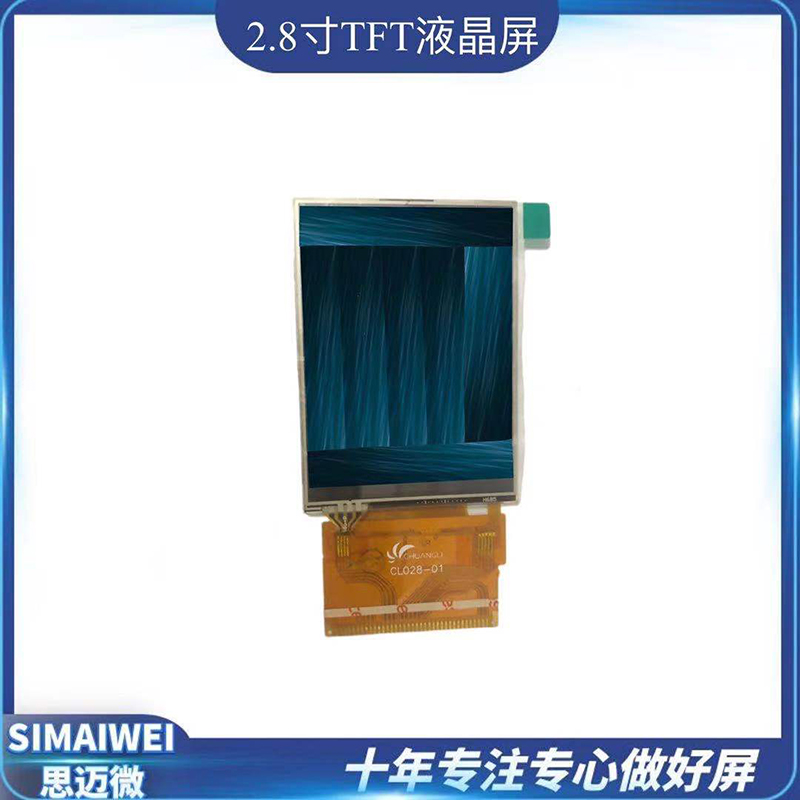
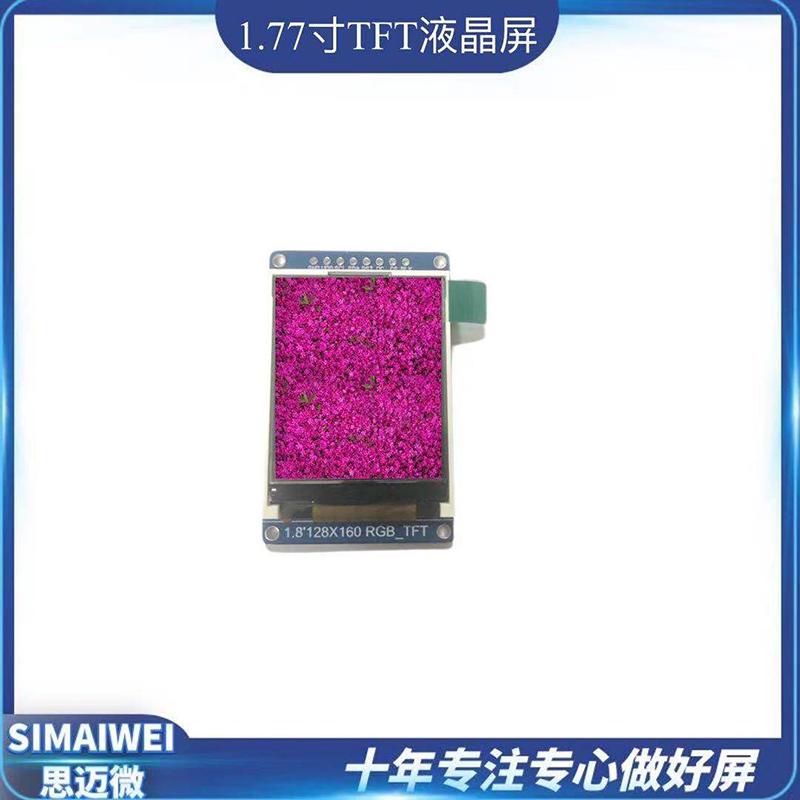
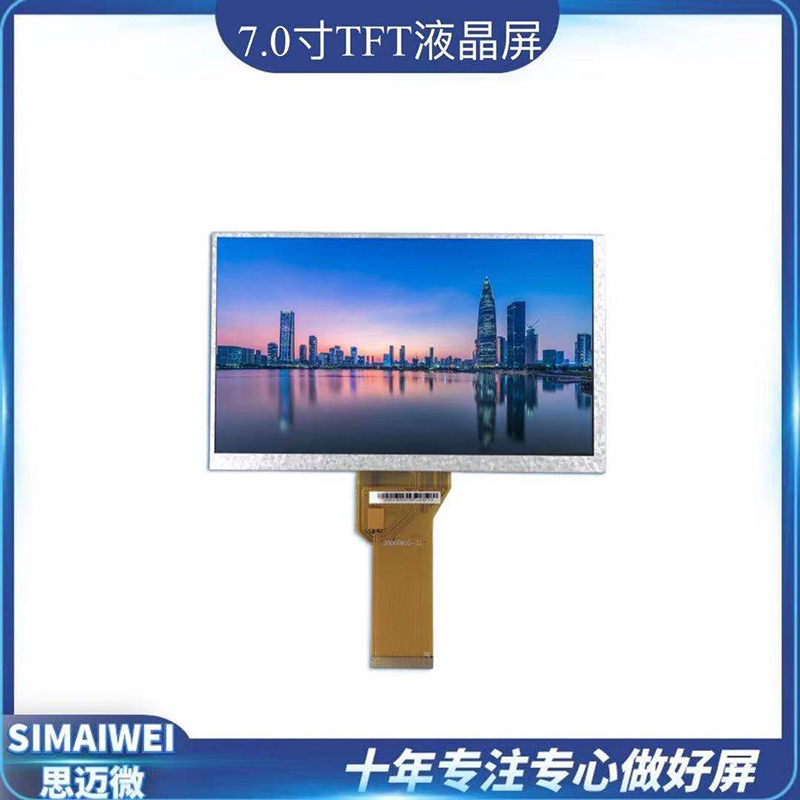








 Back to top
Back to top